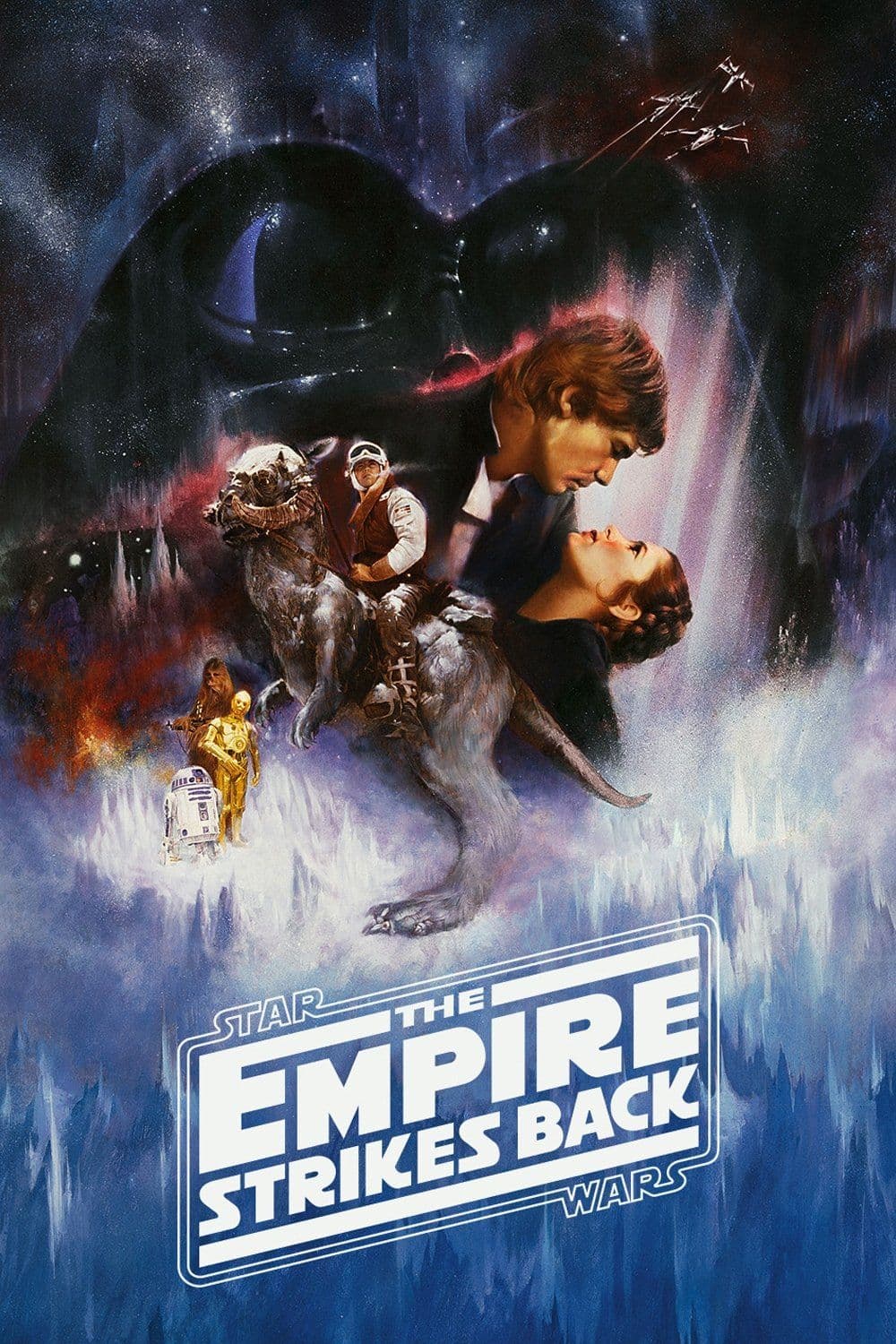
The Empire Strikes Back
1980
Rate this movie
Average: 4.00 / 5
(1 votes)
Director
The second chapter of the Star Wars saga, released three years after the first episode, The Empire Strikes Back is not simply a sequel, but the quintessence of the tragic and transformative "second act," a narrative archetype that would redefine the expectations of genre cinema.
The film was directed by Irvin Kershner, who replaced Lucas but gave no cause for regret; on the contrary, he elevated the saga to new heights of drama and psychological depth. Kershner, hailing from a more intimate cinema characterized by a keen sensitivity to human dramas – consider works like Eyes of Laura Mars or Up the Sandbox – was Lucas's audacious yet enlightened choice, a director capable of navigating the emotional complexities of characters without sacrificing spectacle. His direction infused the film with a darker, more melancholic, and ultimately adult tone, moving away from the fairy-tale optimism of its predecessor to explore the shadows and failures of its heroes.
Initially, it was met with a cold reception by critics who were quite disoriented by the change in atmosphere compared to its predecessor, perhaps accustomed to a more reassuring cinema less inclined to break the conventions of a happy ending, but it did not fail at the box office, collecting the thirteenth highest grossing of all time worldwide (adjusted for inflation). This initial critical perplexity, however, revealed a myopia towards a work that was redefining the rules. The Empire Strikes Back dared to do what few blockbusters had done before: end on a note of defeat, leaving the protagonists wounded, divided, and with an uncertain future. A very risky narrative move, but one that in retrospect proved to be a stroke of genius, creating frantic anticipation for the final chapter and cementing the film's reputation as the quintessential "dark middle part," a model subsequently emulated by countless later trilogies.
It is currently unanimously considered one of the most beautiful science fiction films ever made and is widely the most beloved episode by fans of the Saga. This is because its greatness lies precisely in its audacity, in its ability to delve deeper into the mythology without fear of getting its hands dirty with moral dilemmas and losses. It is not only an entertainment masterpiece but also a work rich in archetypal and psychological resonances, a true compendium of Joseph Campbell's Hero's Journey, but twisted towards the more arduous and formative side of that path.
This time, Lucas, emboldened by the success of three years prior, produced the film independently, freeing himself from the interference of large production houses. This courageous act of self-financing, at a time when blockbusters were still firmly in the hands of major studios, allowed for unparalleled creative freedom. It was an enormous gamble, which risked Lucas's personal fortune, but it paid off in terms of artistic integrity.
Precisely because of this new role as producer, he decided to bring in Kershner to direct, so he could focus solely on production work, although he naturally remained involved in the screenplay, being joined by giants such as Lawrence Kasdan (a collaboration with Lucas that would last to this day began here) and Leigh Brackett (among her works, Altman's The Long Goodbye). Brackett's pen, with her experience in hardboiled noir, imbued the film with a fascinating cynicism and sharp dialogue, particularly for the character of Han Solo, while Kasdan brought a sensibility for characterization and classical epic, laying the groundwork for the emotional complexity the film embraced. The collaboration between these disparate minds gave birth to a screenplay that is a tour de force of character development and narrative progression, a dense narrative fabric that sustains the weight of the unfolding complexity.
The story works on the characters, giving psychological depth and volume to each of the three protagonists, transforming them from archetypes into three-dimensional figures, with their fears and weaknesses. Han Solo overcomes his natural anarchic inclination and joins the rebellion, discovering love and loyalty that push him beyond his individualism, accepting a destiny that elevates him from a simple outlaw to a leader. Luke realizes his potential and gains the awareness of being the last hope to stop the Emperor, but not without facing exhausting trials, both physical and psychological, which challenge his very identity. Leia falls deeply in love with Han but refuses to be dependent on his individualism, showing a strength of spirit and leadership that go far beyond the damsel-in-distress cliché, asserting herself as an emotional and strategic pillar of the Rebellion.
The Emperor begins to build a new Death Star and entrusts command of the operation to his right-hand man, Darth Vader, whose presence looms over the film with a menacing omnipresence, an embodiment of absolute evil but also a tragic figure whose shadow relentlessly extends over the Skywalker family.
Meanwhile, the rebels have organized themselves by establishing a secret base on Hoth, an ice-covered planet, the setting for one of the most iconic action sequences in cinema history: the battle against the AT-ATs, mechanical colossi that advance relentlessly, evoking images of a titanic war, a true technological David and Goliath confrontation.
Vader manages to discover the base and launches an attack that destroys it and forces the Rebels to flee, inaugurating a fragmented narrative that follows the characters' different trajectories.
Luke travels to the planet Dagobah, following Obi-Wan's advice, in search of Master Yoda, the last of the Jedi Knights, who can help him refine his knowledge of the Force. The scenes on Dagobah are a masterpiece of atmosphere, where fog and swamps hide ancient knowledge and Spartan training, an initiatory path that tests not only Luke's abilities but also his faith and psyche, culminating in the enigmatic cave sequence, a true rite of passage.
Leia and Han take refuge at Cloud City, with an old friend of Han's, Lando Calrissian. This suspended metropolis, with its futuristic architecture and labyrinthine corridors, becomes the setting for a drama of betrayal and redemption, a space noir where trust is a rare commodity.
However, he sells them out to the Empire, only to immediately regret it and help them escape, a betrayal that underscores the film's moral complexity, where even "good" characters are capable of ambiguous choices, and where redemption is a painful journey.
Han, however, is carbon-frozen and handed over to the bounty hunter Boba Fett to be delivered to his creditor, Jabba the Hutt, in a scene of poignant farewell between Han and Leia, sealing their love with an iconic, heartbreaking declaration.
Meanwhile, Luke arrives in the City and challenges Vader to a lightsaber duel, the outcome of which, a brutal lesson in immaturity and arrogance, is as physical as it is psychological.
He learns a terrifying truth during the fight: Darth Vader is his father. This revelation, perhaps the most famous and imitated in cinema history, is not just a narrative plot twist, but the thematic and psychological core of the entire saga, transforming a space fairy tale into a Shakespearean family tragedy.
The greatness of Empire lies in its being a connecting link between Star Wars and Return of the Jedi, not just a bridge, but the emotional and narrative backbone that gives the original trilogy its epic resonance. Thanks to this interconnectedness, it manages to maintain a never-redundant narrative and a fascinating variety of settings, moving from the pristine snows of Hoth to the mephitic swamps of Dagobah, from the technological coldness of the new Death Star to the ethereal charm of Cloud City. Each location is a character in itself, contributing to the atmosphere and plot development, a true manual of cinematic world-building.
A memorable scene that has entered the annals of cinema history is the duel between Darth Vader and Luke, with Luke's horrific mutilation and the shocking revelation at the end. But it is much more than a mere clash: it is an operatic ballet of light and shadow, an almost metaphysical confrontation between two intertwined destinies.
The scene is a masterpiece of action cinema: lightsabers flash in the gloom and the two contenders seem like ancient samurai transfigured by technology; their fight is choreographed with lethal precision, every lunge is loaded with meaning, every parry reveals Luke's despair and Vader's deadly mastery. The drama is amplified by John Williams' music, which with its dark and majestic motifs elevates the duel to a painful rite of initiation.
The scene where Vader reveals to Luke that he is his father is also stylistically perfect: Vader leans over the parapet and, with his words, reveals an unsuspected humanity, a pure feeling for his son, while Luke, wounded and clinging to a pillar protruding over the abyss, is overwhelmed by pain from the injury and horror from the revelation. The framing, the pauses, James Earl Jones's performance as Vader's voice – every element contributes to creating a moment of pure catharsis, a point of no return that redefines the morality of the entire Star Wars universe. It is not merely a father speaking to his son, but a damned soul attempting to drag his own flesh and blood into the abyss, offering a terrifying and seductive vision of power.
A scene of dazzling, adamantine beauty: a worthy finale to a cornerstone of science fiction that, instead of reassuring, dared to defy expectations, leaving the audience in an emotional precipice, aware of having witnessed something greater than a mere film, but an authentic milestone of modern narrative.
Genres
Country
Gallery


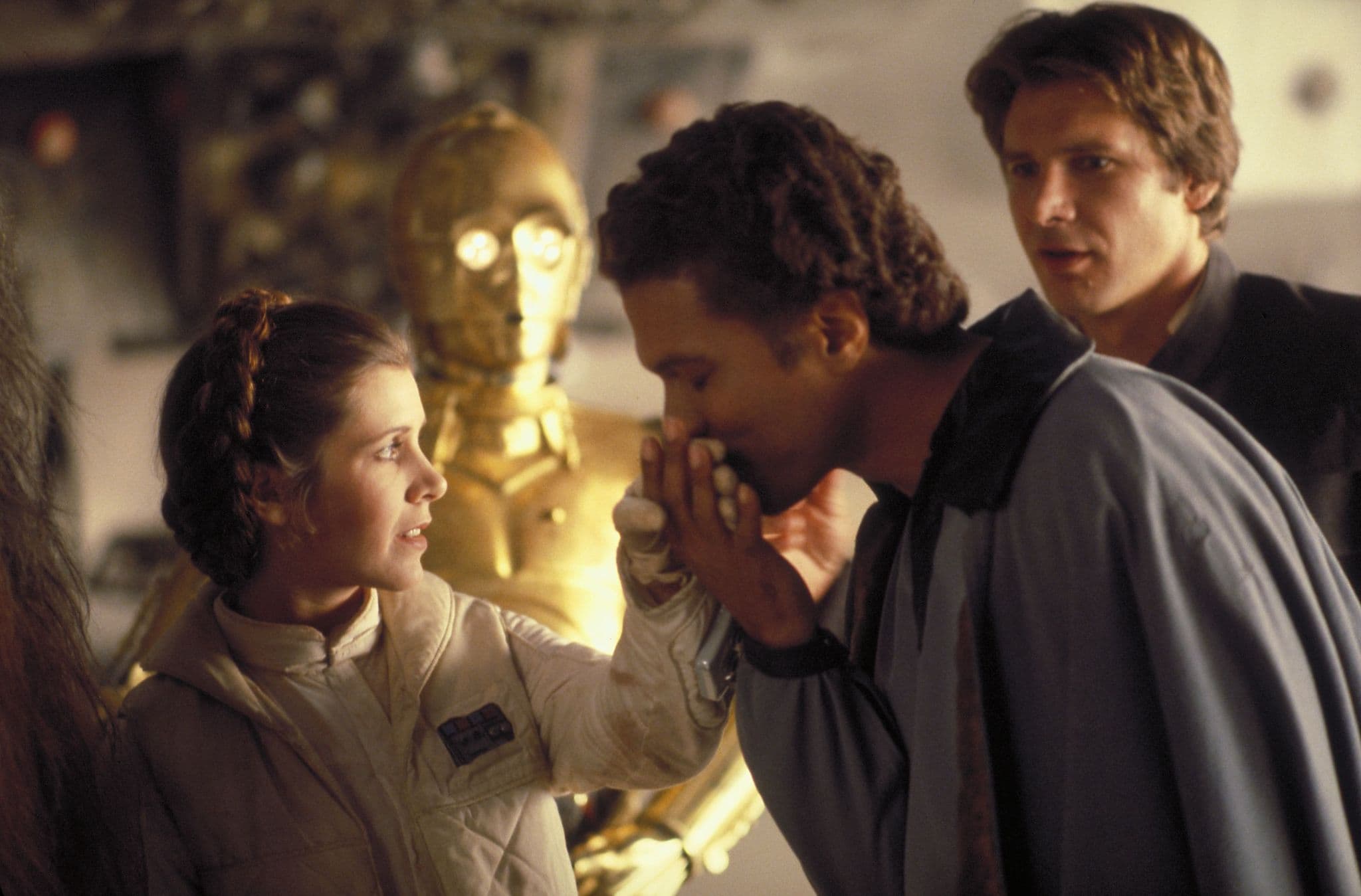
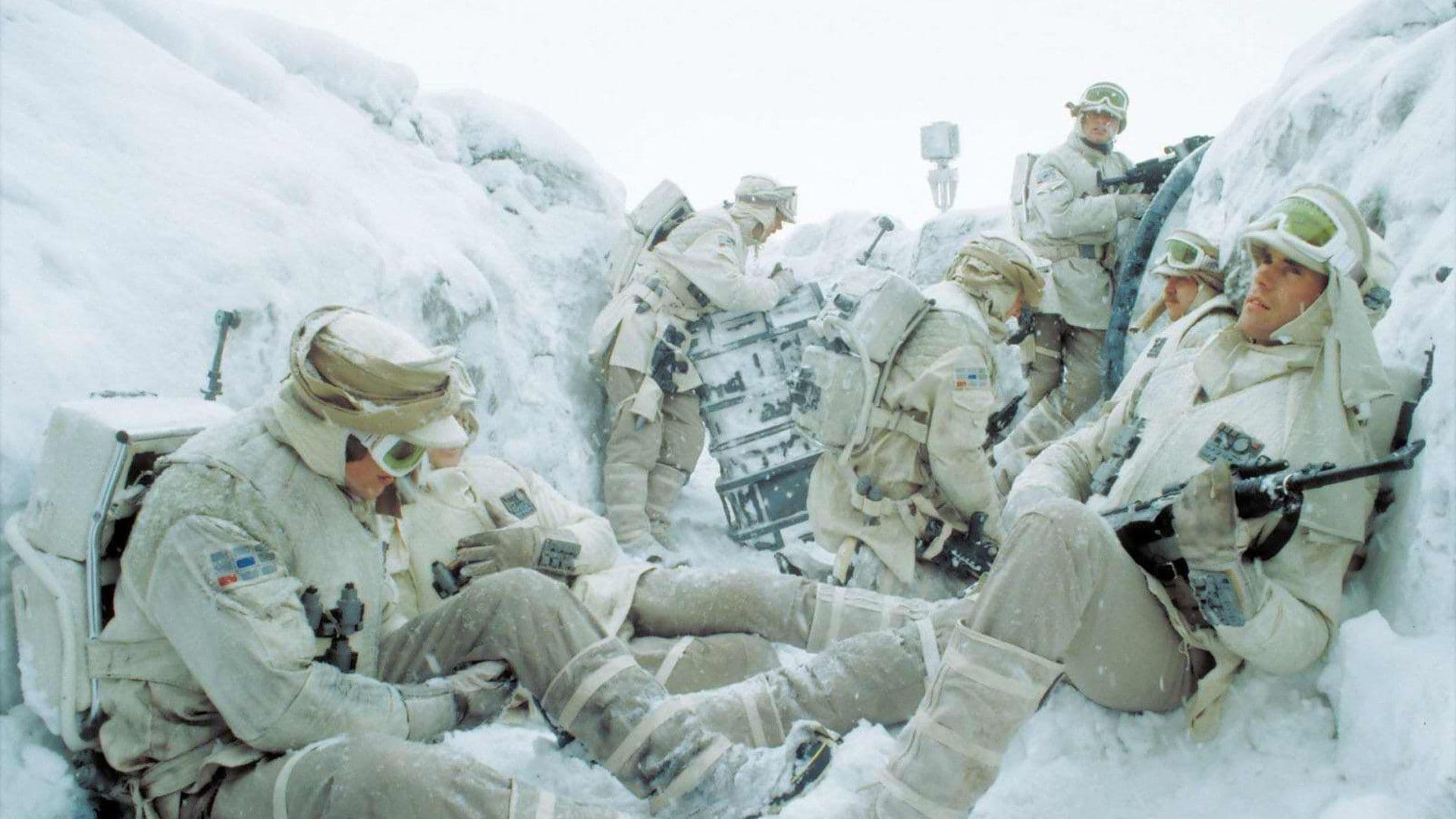
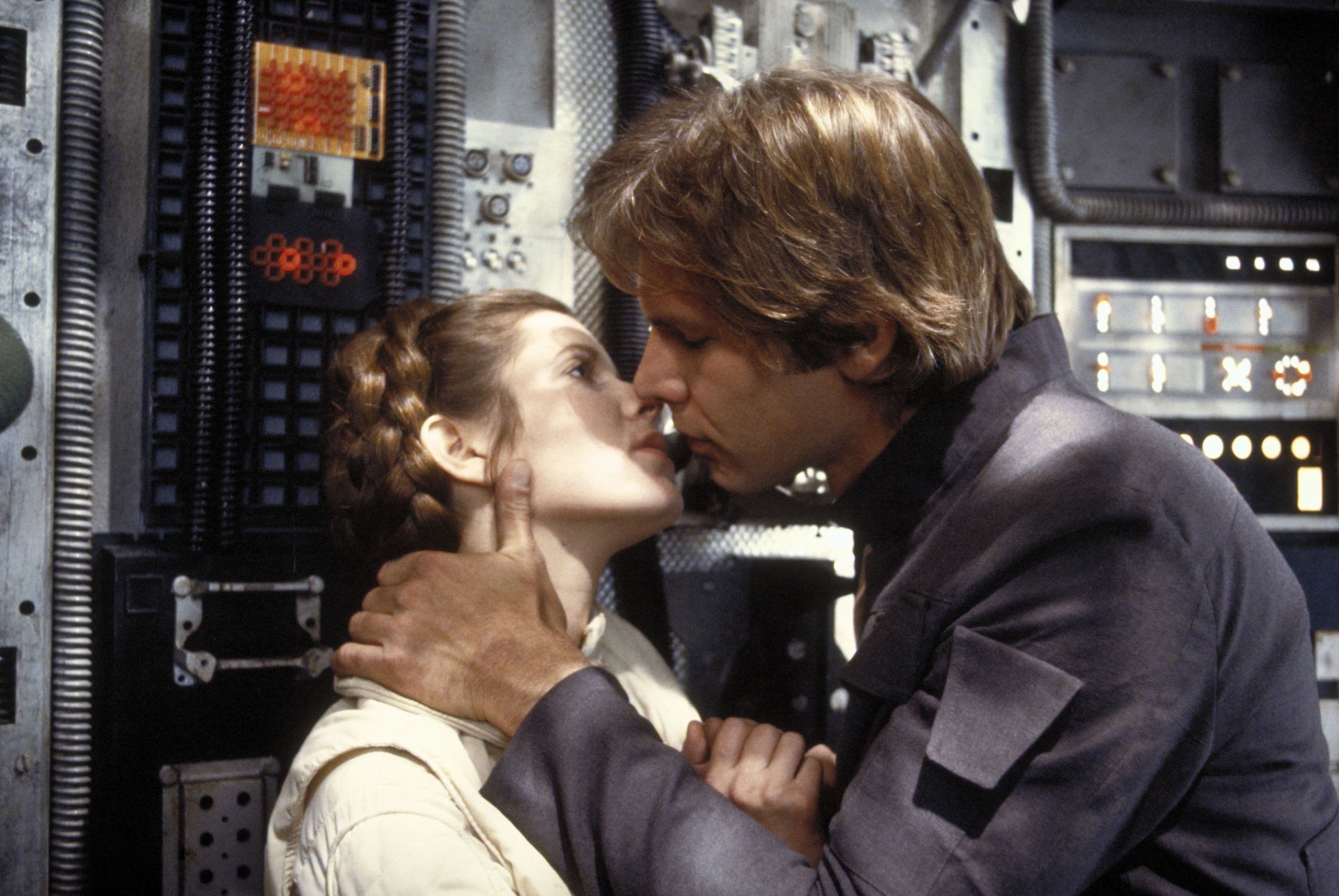
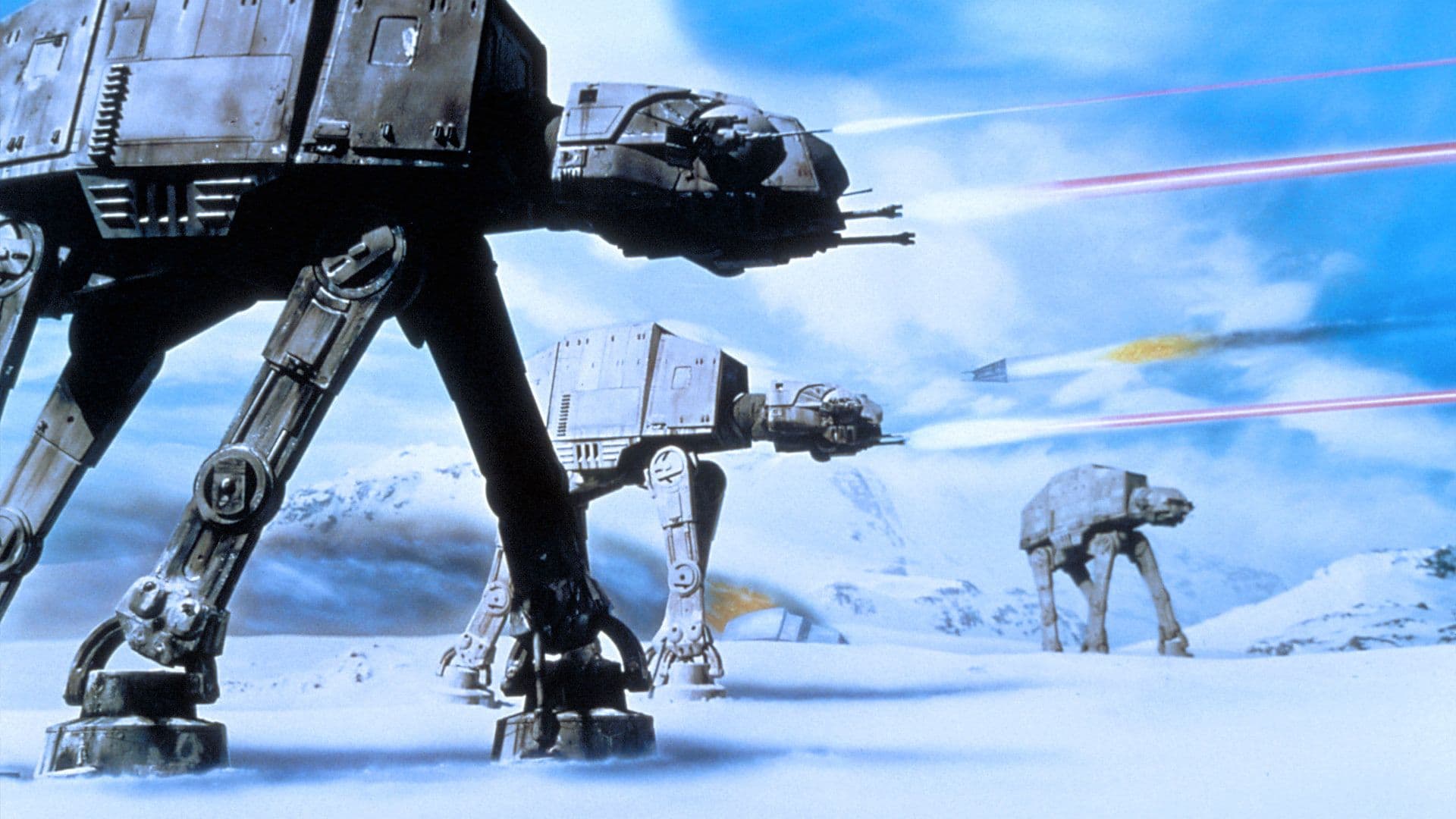


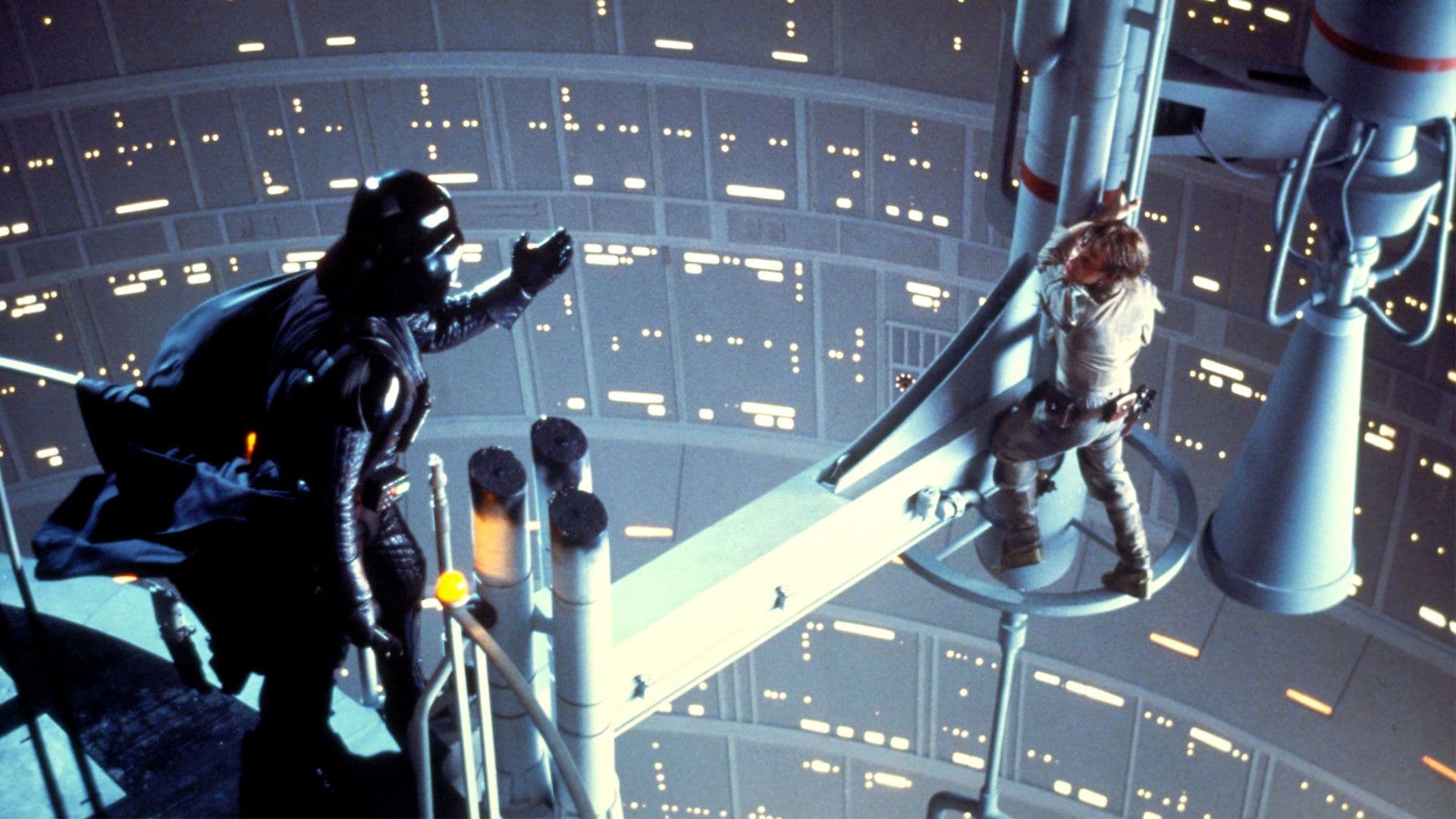

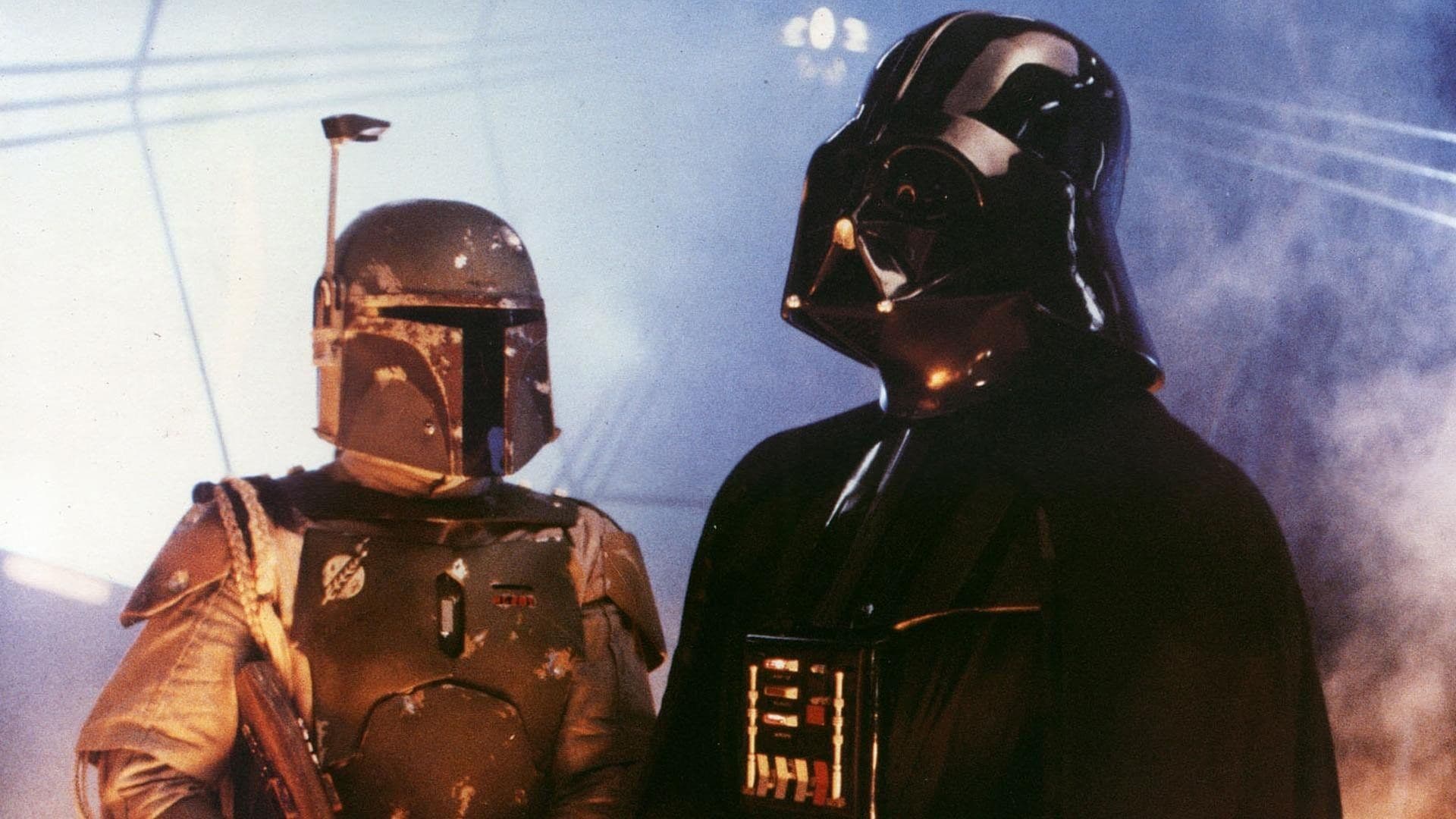

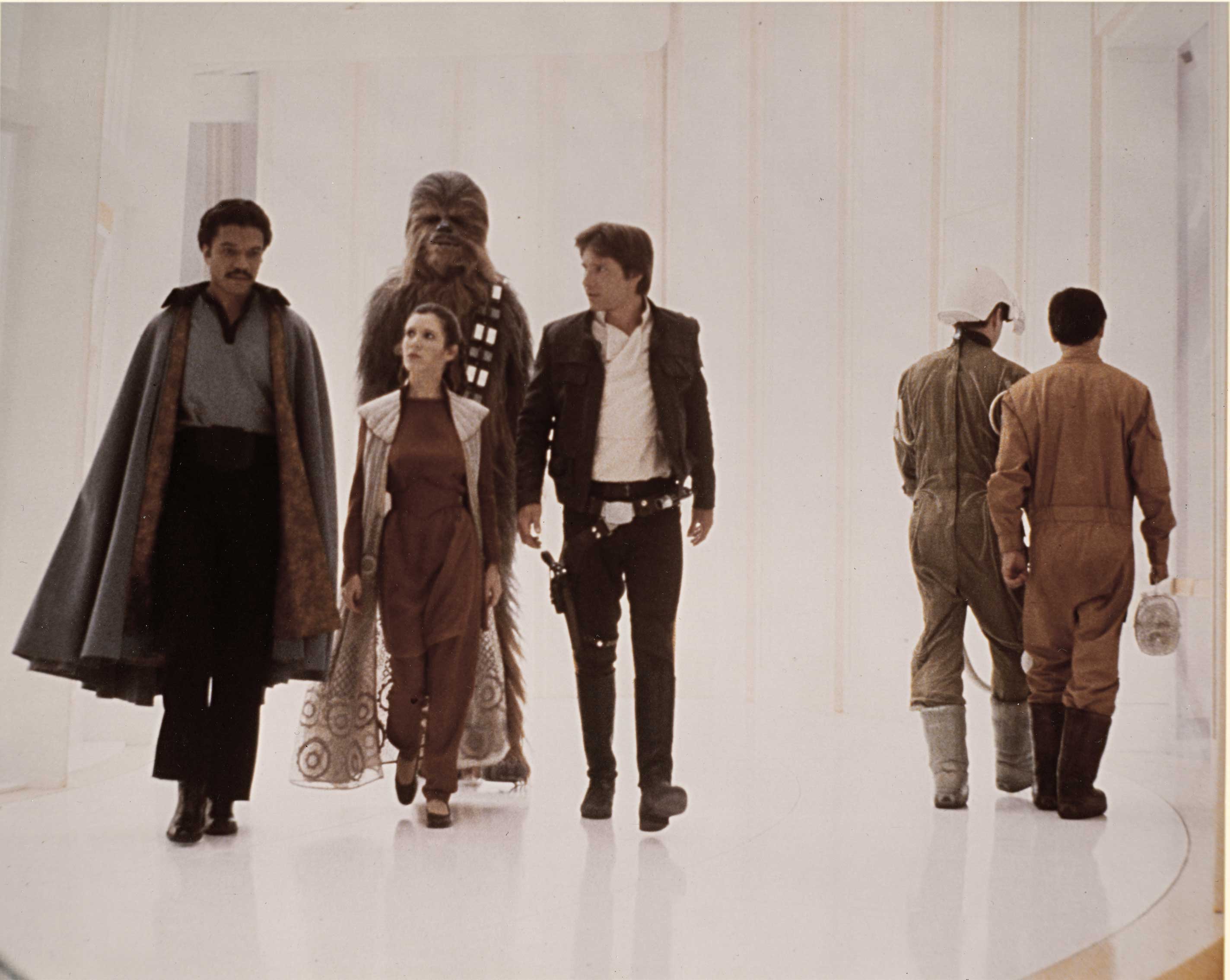
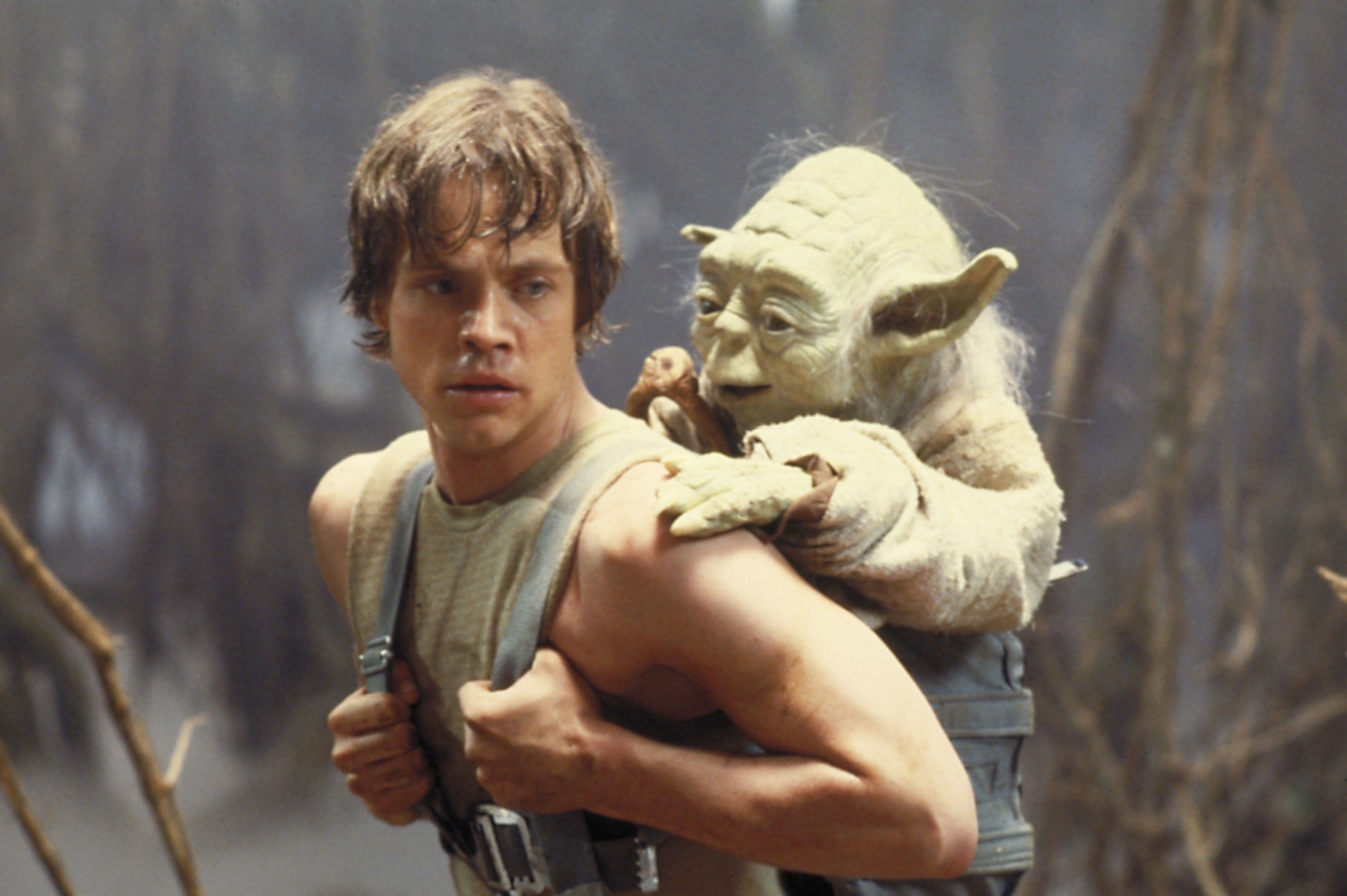
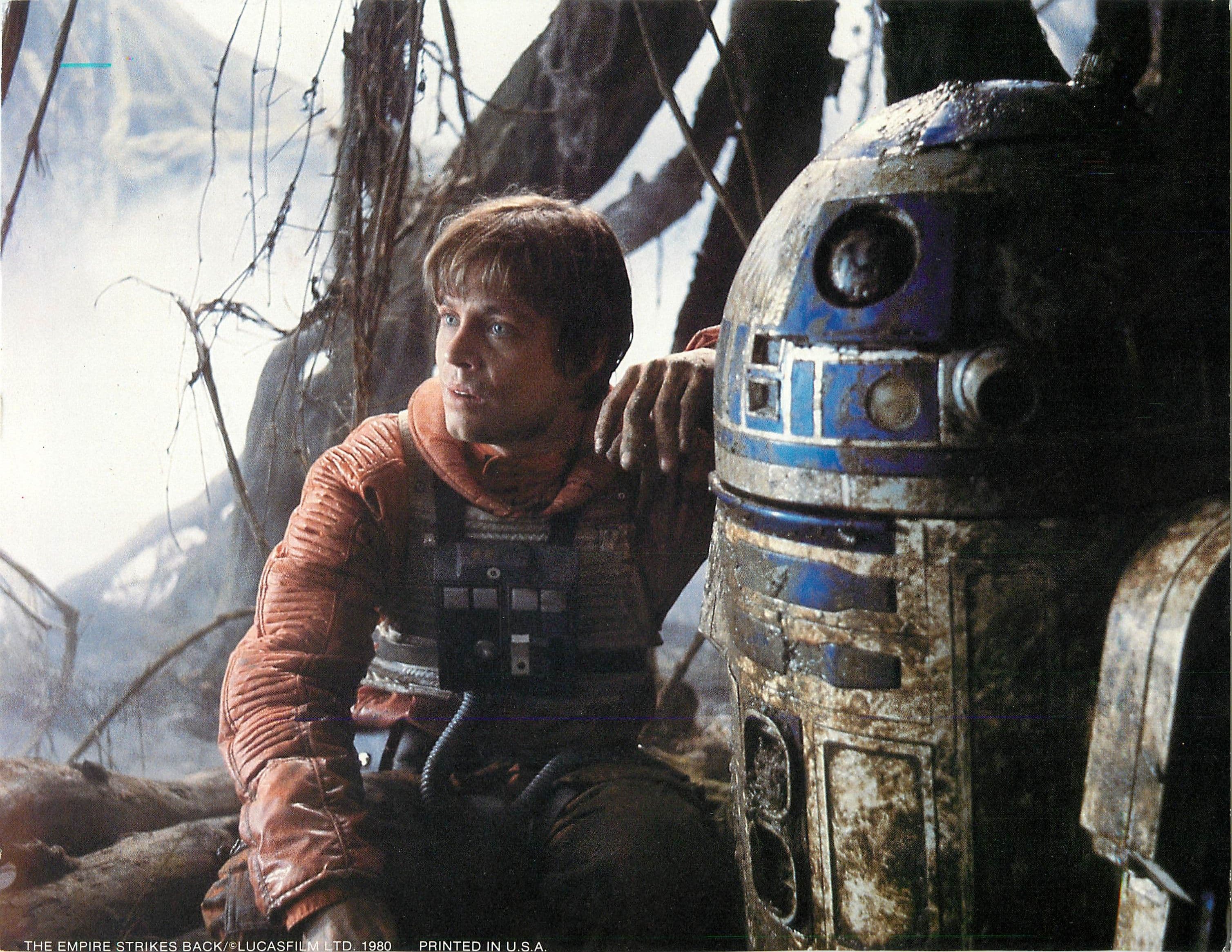
Featured Videos
Official Trailer
Comments
Loading comments...